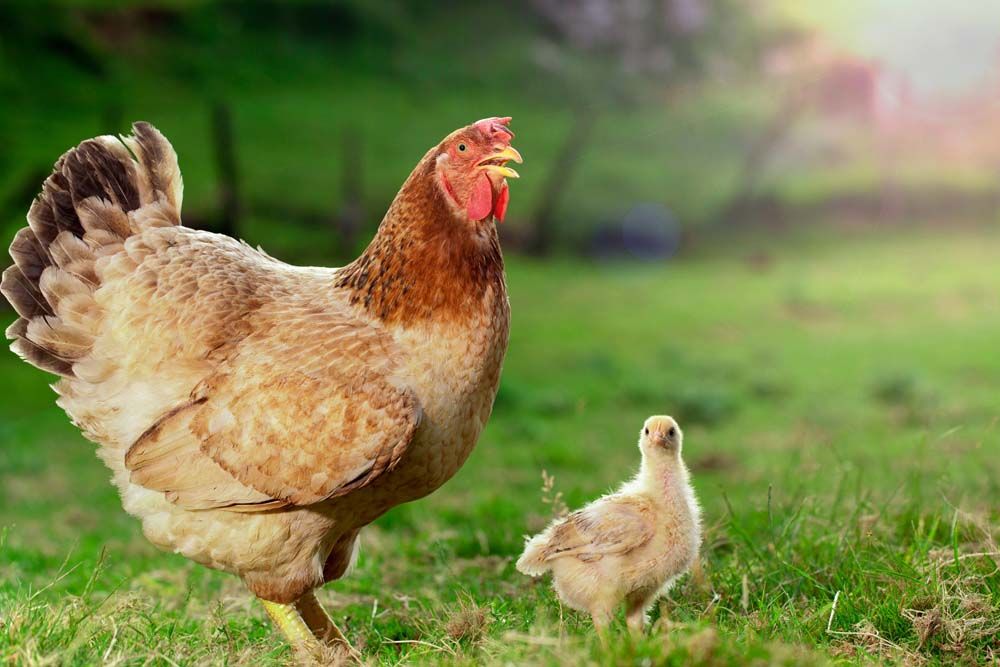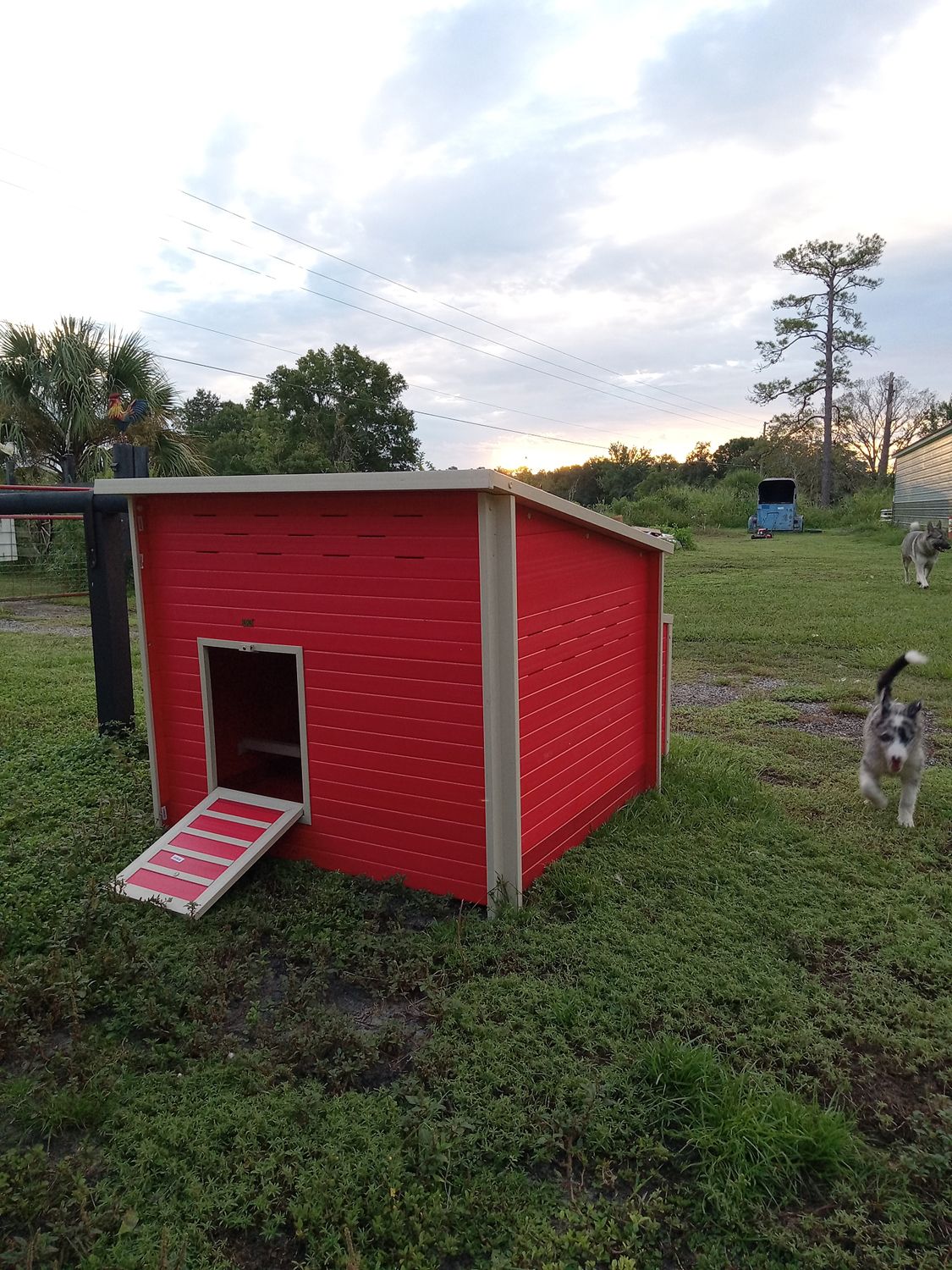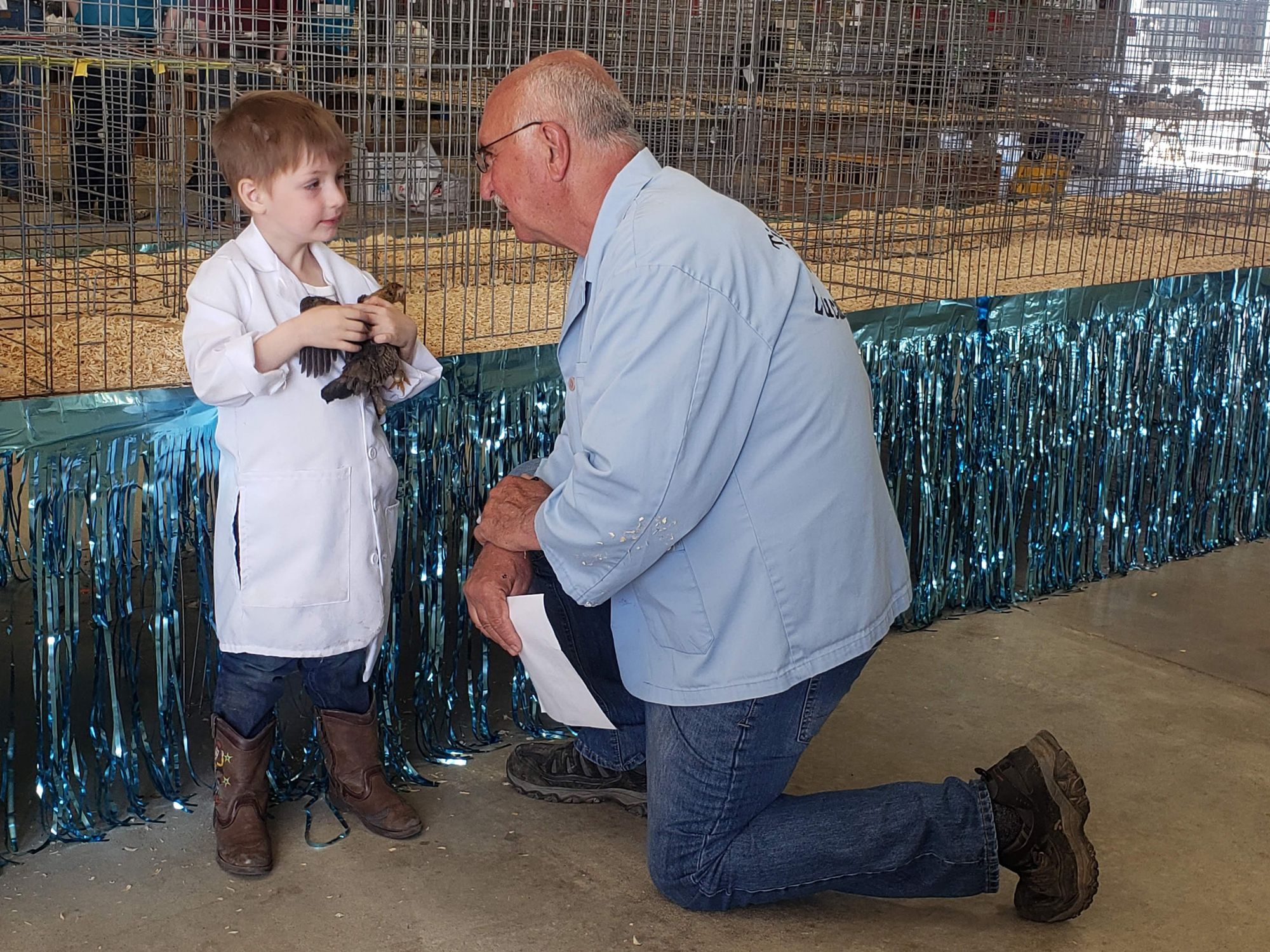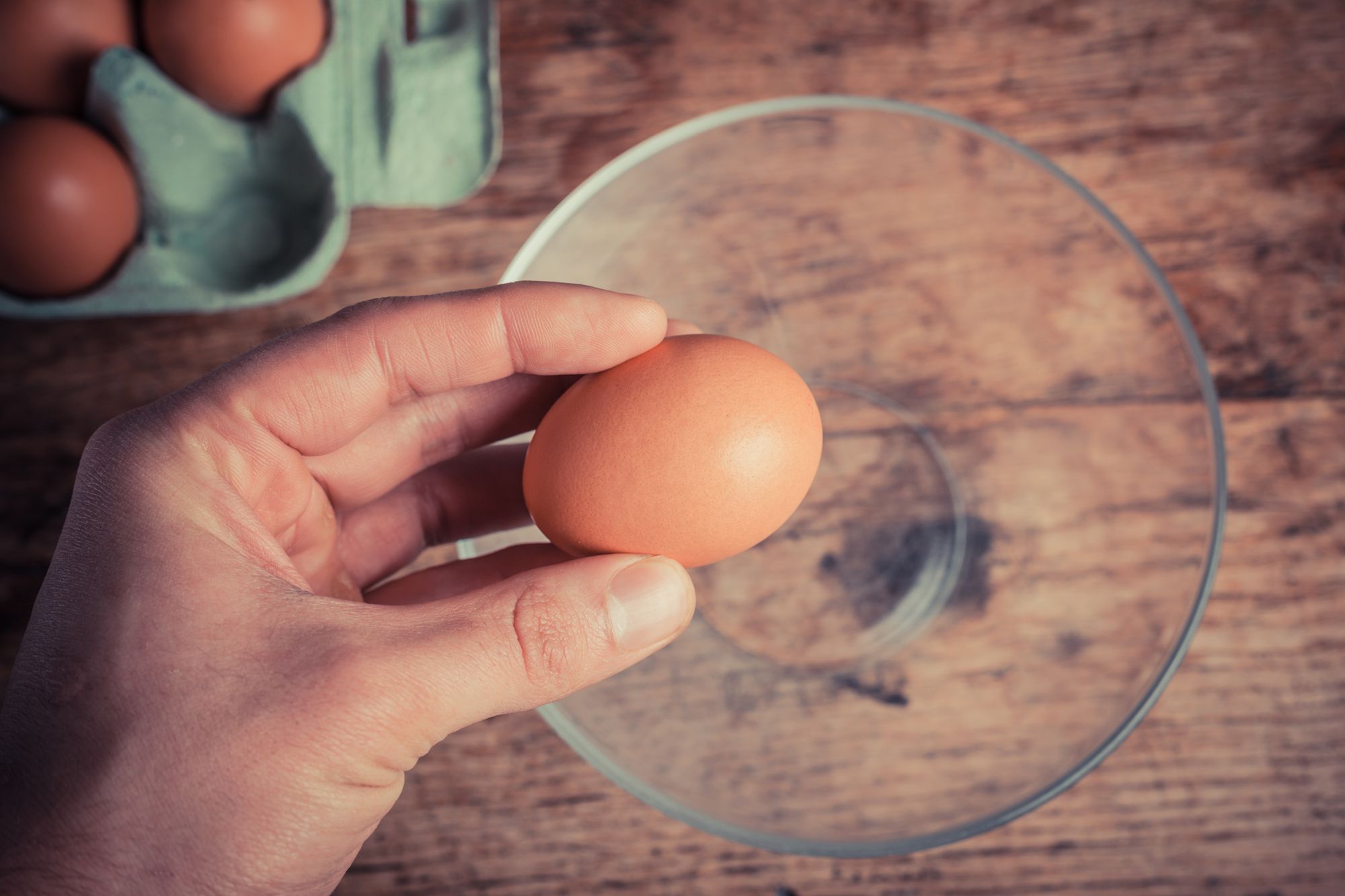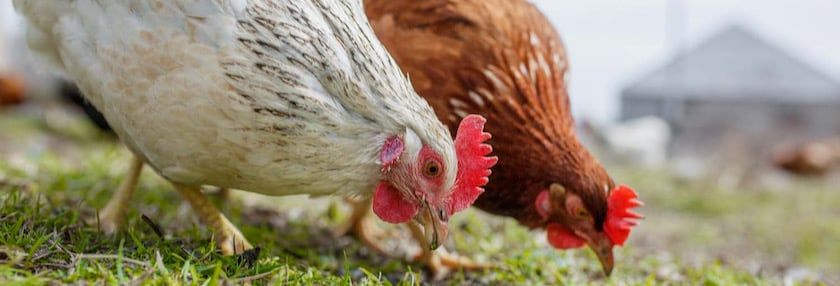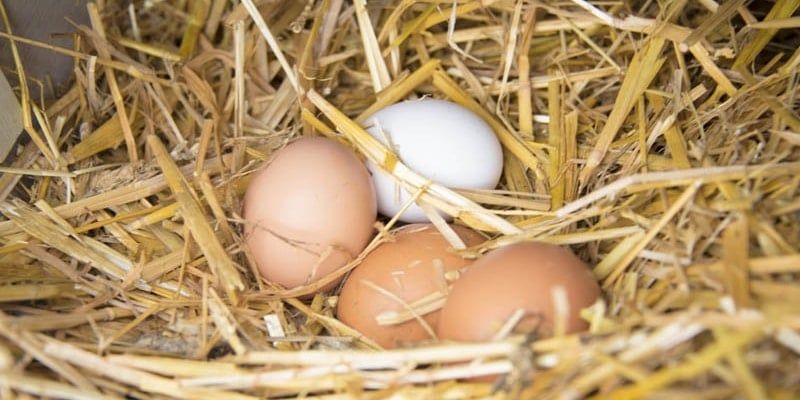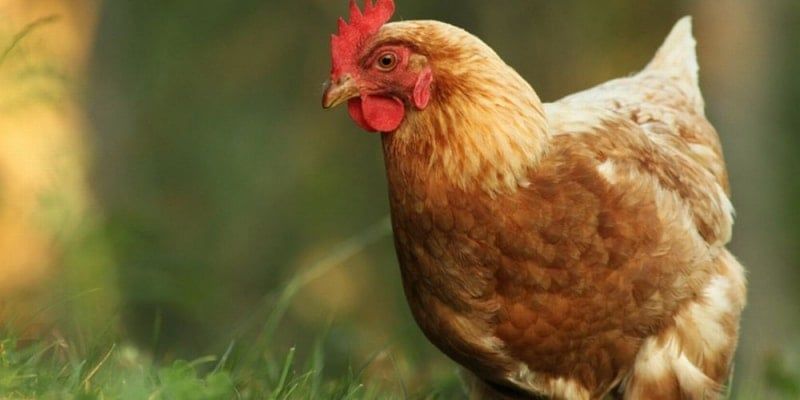Backyard Bugs: Simple tips to prevent Salmonella


Growing up in rural Texas, I was surrounded by animals of all kinds. One of my fondest memories was watching the chicks hatch. I waited for the hatchling, eager to begin training the baby chicks—and play with them, too. My favorites were the Rhode Island Red and Ameraucana hens—and the fresh eggs were wonderful. Today, that lifestyle continues: Raising backyard poultry is more popular than ever.
My childhood experiences are part of the reason I’ve become a veterinarian as well as a disease detective for the Centers for Disease Control and Prevention (CDC). I’m also a mother of two young daughters who I’m currently teaching about how much fun it can be to raise poultry.
We plan to have backyard chickens when they are older. Why am I waiting? Because I’m aware of the risks that go along with the benefits.
Flocks and germs
There are two types of germs in our environment: good germs—like the bacteria that help us digest food—and the bad germs that can make us sick. Salmonella is one such bad germ—or pathogen—that can cause serious illness in people. It’s a “zoonotic” pathogen, meaning Salmonella can spread between animals and people.
Most people are aware that handling or eating raw poultry and eggs can make you sick. However, many don’t realize that contact with live poultry and their habitat is also a source of Salmonella.
Salmonella lives in the intestines of poultry and other animals like reptiles, amphibians, and rodents. While Salmonella doesn’t usually make poultry sick, it can cause serious illness once it passes to people.
More than just an upset stomach
Even otherwise healthy people can become seriously ill from a Salmonella infection. The CDC estimates that each year Salmonella causes approximately 1.2 million illnesses in the U.S., with 23,000 of those cases requiring hospitalization. Even more sobering, 450 deaths are attributed to Salmonella annually.
Children are at greater risk to become infected, while young children (especially those under five), people with weakened immune systems, pregnant women, and people over 65 are more likely to suffer serious illness.
Salmonella symptoms
Salmonella infection in people can cause diarrhea ranging from mild to life-threatening. Along with diarrhea, Salmonella can cause vomiting, fever, and abdominal cramps beginning 12 to 72 hours after infection, with symptoms lasting from 4 to 7 days. While most people recover without treatment, some get so sick from a Salmonella infection that they have to go to the hospital.
Salmonella infection can spread from the intestines into the blood stream and other parts of the body unless the patient is treated promptly with antibiotics. A small number of people infected with Salmonella develop pain in their joints, eye irritation, and painful urination, a condition known as reactive arthritis. This can last for months or years and lead to chronic arthritis.
My chickens look fine
More than 2500 strains—or “serotypes”—of Salmonella exist. Only a few of these serotypes make poultry sick, while those that cause illness in humans have no effect on poultry. Your chickens may look fine, yet they can still spread strains that hurt people. Furthermore, all ages and types of poultry—including organically-fed backyard flocks—can carry Salmonella.
How people get sick
Even though your chickens may appear clean and healthy, Salmonella germs can live on their feathers, feet, beaks, and in their droppings. The germs can also live on cages, coops, and other places where birds roam. Additionally, Salmonella can be found on the hands, shoes, and clothing of those who handle birds or spend time in their habitat.
People become infected when they put their hands or other contaminated objects in or near their mouths or when cross-contamination occurs. Young children are especially at risk because their immune systems are still developing. Plus, they are more likely to put their fingers in their mouths.
Outbreaks and lessons learned
I have investigated far too many Salmonella outbreaks linked to live poultry contact, and it’s hard to watch these outbreaks continue with the knowledge that they are preventable. From 1990 to 2012, forty-five outbreaks were linked to live poultry. These caused over 1500 illnesses, more than 200 hospitalizations, and 5 deaths.
While most people think they won’t get sick, it can happen to anyone at any time. In the outbreaks mentioned above, poultry was obtained from farm and feed stores, mail-order hatcheries, and friends and neighbors. They occurred at all times of the year in both adults and children.
Playing chicken with your health
Talking with the people involved in an outbreak, we hear about the following risky behaviors over and over:
Bringing baby poultry inside – Chicks need warmth and are mistakenly brought inside homes to provide it. This means germs are coming into the home with them. You can keep baby birds safe, healthy, and warm while still keeping them outside.
Cleaning where food is prepared – Cleaning equipment in the kitchen can lead to cross-contamination. For example: You bring in the chicks’ waterer and wash it out in the sink. Your sink becomes contaminated. Later, you prepare food or baby bottles in the same area, spreading germs to everyone in the home through the contaminated food.
Close contact – Many sick people reported kissing or snuggling with poultry, increasing the chance of infection. Poultry are sometimes kept in daycare centers and nursing homes, unintentionally placing those with the lowest tolerance of the illness at high risk.
Simple steps to stay healthy
1 Wash your hands
Wash hands thoroughly with soap and water immediately after touching live poultry or anything in their habitat. Use hand sanitizer if soap and water are not readily available. Adults should supervise hand-washing for young children. Remember to wash hands after removing soiled clothes and shoes.
2 Keep poultry outside
To decrease the chance of Salmonella entering your home, keep live poultry outside—even chicken diapers aren’t enough to keep out germs. Clean any equipment or materials associated with raising or caring for live poultry outside, too, like cages, feed, and water containers. Also, don’t eat or drink outside in the areas where the birds roam.
3 Handle birds safely
Don’t let children younger than five years old, seniors, or people with weak immune systems handle or touch chicks, ducklings, or other live poultry. Discuss proper bird handling procedures with children beforehand, and model those behaviors to keep everyone safe.
4 Clean the coop
Know how to safely scoop the poop! After cleaning poultry housing areas, remove shoes or boots outside. Safe cleaning helps decrease the spread of Salmonella.
While you enjoy the benefits of backyard chickens and other poultry, it’s important to know how to stay healthy and prevent illness from germs like Salmonella. Remember, for young children, Salmonella poses a big health risk. Fortunately, you can follow the steps outlined above to reduce the risk of becoming sick from your backyard poultry.
Tags:Healthy Flock

Chicken Whisperer is part of the Catalyst Communications Network publication family.

